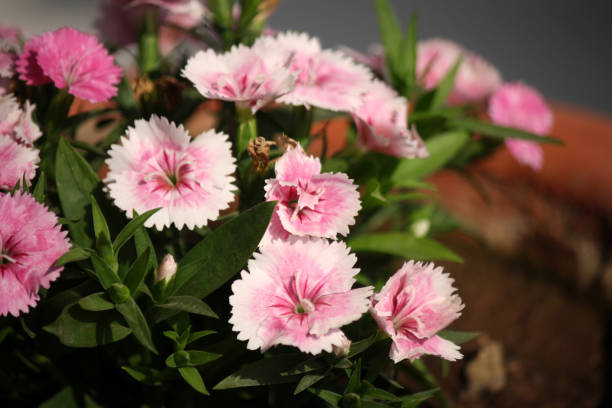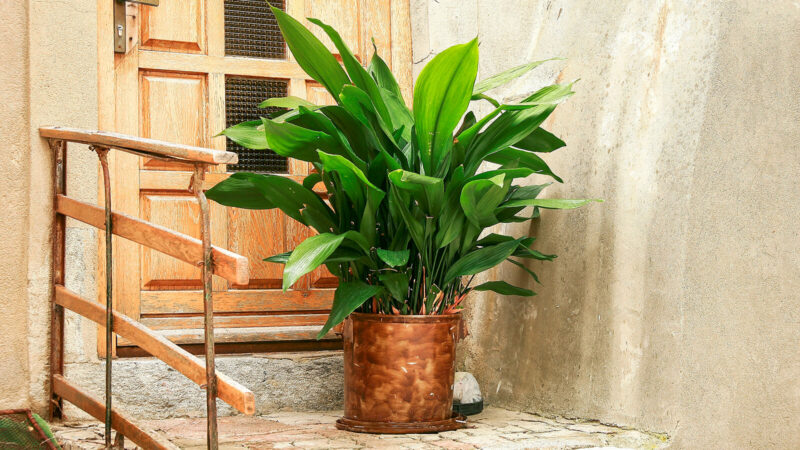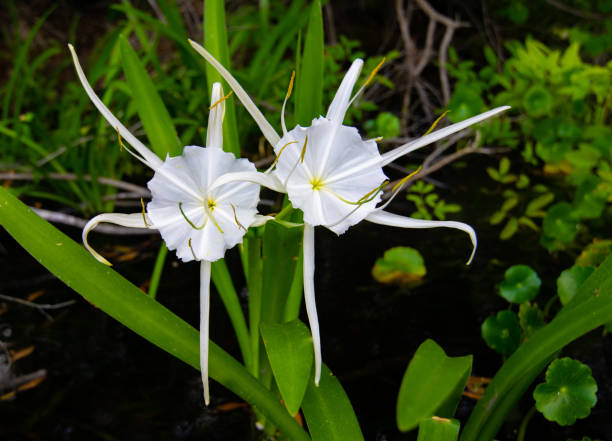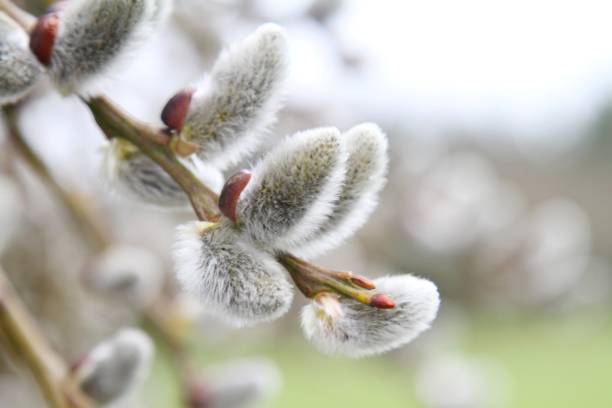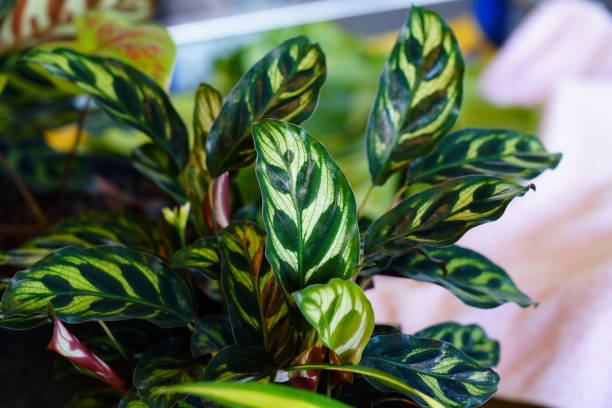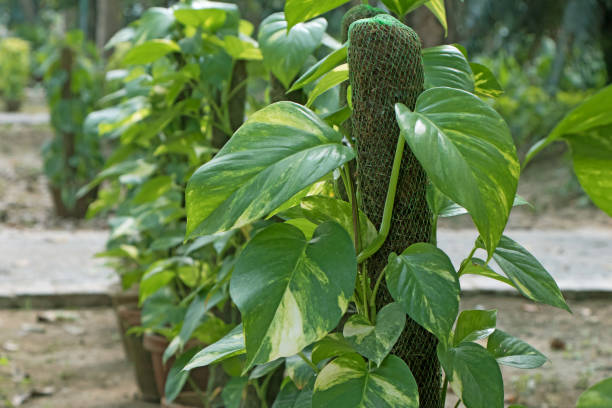How To Grow Coffee Arabica Plant At Home
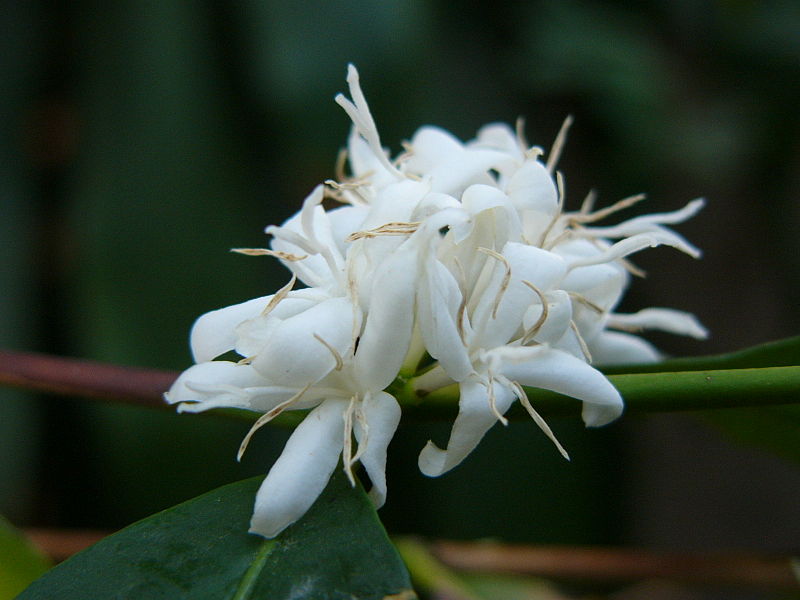
Do you want to have your own organic coffee beans? Or do you want to add something unique to your houseplants collection? Well then, growing the coffee arabica plant can help you achieve both of these goals.
The coffee arabica plant is one of the most attractive specimens of little plants. It has compact growth and glossy greenish leaves, which makes it look eye-catching. These plants are also a good option for indoor potted plants due to their size and other qualities. Other than the compact size, the plant also produces beautiful white flowers.
In the article, we will tell you how to grow and care for this beautiful and useful plant at your home.
Coffee Arabica Plant
These are some of the facts and tips which will help in growing your little coffee plant in your home:
What Is Arabica Coffee?
This is a variety of coffee that is known for its exotic and tropical taste and delicious fragrance.
The plant is native to Ethiopia, although it is grown all over the tropical African region. During the spring season, the plant bears astonishingly beautiful white flowers, which gradually turn into berries measuring around half an inch in size. These berries later turn into greenish to blackish pods. Each of these black pods contains two seeds inside, which are used in the form of arabica coffee beans for brewing that delicious coffee.
These are some facts which will help you in even better understanding of what is arabica coffee:
| Botanical Name | Coffea Arabica |
| Type of Plant | Evergreen perennial |
| Exposure to Sun | Indirect, bright sunlight |
| pH of soil | 6 to 6.5 or a slight acidic |
| Color of Flowers | White |
| Native Region | Ethiopia, and All Tropical Africa |
| Commonly Known Name | Arabian Coffee and Coffee Plant |
| Size On Maturity | 6 feet to 15 feet in height and width |
| Type of Soil | Moist and Rich Soil |
| Time of Blooming | Spring |
| USDA Zones | 9 to 11 |
| Toxicity | All the parts of this plant are toxic for animals and humans except the seeds(beans). |
How To Grow Coffee Arabica?
In the native habitat, these coffee plants grow up into trees of medium size. However, when these plants are grown in the form of indoor plants, they are pruned on a regular basis to control the size. The best time to plant an arabica plant is drying in the early spring season.
One thing to know is that you can’t grow the coffee Arabic from the beans which you purchase from the store. The reason behind this is that the beans which are available in stores are treated and roasted, and thus they don’t sprout. Even though the coffee arabica plant is a vigorous grower, it will take a few years before you see any flowers of the berries on it. So you will need to be patient with it. But till then, it can be your beautiful indoor plant.
How To Care For an Arabica Coffee Plant?
The best thing you can do for the coffee plant care is to mimic the native environment of tropical regions where it is grown. For example, provide it with good drainage along with good amounts of water as it is grown on the mountainsides with mid-elevation. High amounts of humidity, slightly acidic and rich soil, and comparatively cool temperatures are some of the other things to provide it.
This is why the best thing to do is grow it indoors. However, you can also grow it outdoors if your area has similar conditions as we told above. If you grow it indoors, then the best location for it is near a window where it can get bright indirect sunlight.
Sunlight
The coffee plants need a good amount of sunlight for better thriving. However, you should not keep them in direct sunlight as it may cause burn on their leaves.
These plants in the weaker latitudes prefer full amounts of sunlight, whereas, in other regions, dappled sunlight is what they love. The reason for this type of sunlight needs is because they are a type of understory plants. In the natural habitat, they grow under the canopy of other forest plants. This is why they can’t thrive in the harsh direct sunlight.
One of the signs you should look out for is the browning of leaves. This is a sign that your plant is getting too much sunlight than it needs.
Soil
For the best results, use the peat-based type of potting soil, which is rich. The soil you use should also provide it with good amounts of drainage.
These plants thrive best in the slightly acidic type of oil. So, if you see that your coffee plant is not thriving, then add some organic matter like the sphagnum moss. The addition of the moss will help in increasing the pH levels of the soil. The coffee plants can grow in the soil, which has pH levels ranging from 4 to 7. However, the ideal and best soil pH level for it is between 6 to 6.5.
Water
The coffee arabica plant is a water lover, and thus it requires ample and regular watering for best results.
One thing to know is that even moisture in the soil must be the goal of watering. You should avoid water lodging as it will harm the plant. You should also never allow the soil to completely dry out, or your coffee plant may die out. To avoid the problem of water lodging, the best thing to do is choose the pots which have small holes at the bottom and sides. This will allow any excess water to seep out slowly. Thus keeping the moisture but a big water lodging.
Humidity And Temperature
The optimum temperature for the coffee arabica plant varies according to day and night. On the day, the optimum temperatures for it are between 70 degrees to 80 degrees Fahrenheit. While at night, the optimum temperatures for it vary between the range of 65 to 70 Fahrenheit.
The higher temperatures are good for the growth of the coffee plant, but they are not good for the better growth of the beans. This is because the fruits of the plant need to ripe at a steady and slow rate for the best flavouring and fragrance. In addition to this, the coffea arabica grows on the side slopes of the mountains. This is the region where they get a lot of humidity and plenty of rains along with food.
This is why the optimum humidity levels for the growing of coffea arabica are 50% or higher than it. Lower temperatures may impact the plant, but the higher humidity is ok with the plant. For raising the humidity levels of the coffea arabica plant, mist it on a daily basis.
Fertilizer
The coffee plants need a regular supply of fertilizer during their growing season. This is why the best results provide it with a weak fertilizer regularly during the growing season. During the winter season, cut down on the fertilizer supply. Provide it with fertilizer only once or so on during the winters.
Is Coffee Arabica Plant Toxic?
All the parts of the coffee plant are considered to be poisonous to animals. They are toxic to most animals like cats, dogs, birds, horses and more. Likewise, all parts of the coffee plant except its mature fruit are toxic to humans also.
According to the official listing of the toxic plants, the coffee plant is in the minor toxicity plants category. This category is for the plants which are toxic but not fatal and cause things like intestinal discomfort.
What Are The Symptoms Of Poisoning?
The common symptoms from coffee plant poisoning in both animals and humans include:
- Vomiting
- Lack of appetite.
- Nausea.
- Diarrhea.
\these symptoms will occur in the cases of minor poisoning. However, in the cases of severe posing from the plant, the following symptoms will occur:
- Irregularity in a heartbeat.
- Seizures
- Occasional death may also occur in animals.
Horse grazing is one of the more susceptible to the toxic effects of the coffee plant as they may eat large amounts. The death of humans from the coffee plant is extremely rare. However, you should still call a poison control service in case of consuming any parts except the dried and grounded-up coffee arabica beans.
You should remember that the attractive red berries of the coffee plant are not at all edible and cause side effects. Only the coffee beans inside the berries are edible and to be used in any form for consumption.
Varieties Of Coffee Plant
There are more than 120 varieties that fall under the genus Coffea, but the coffea arabica forms the majority of the global consumption and production. Some of the popular genus of the plant include the following:
- Coffea Arabica ‘Nana’: This is one of the dwarf varieties of the coffee plant, which grows up to a height of 12 inches. It is one of the most popular cultivars for indoor house plants due to its dwarf size.
- Coffea Canephora: This variety of coffee is popular by the name of robusta coffee. It comes from Africa’s sub-Saharan region. The plants of this specimen are robust, but the coffee beans of this specimen are less favoured. This is because the beans of this variety taste stronger and harsher than the arabica beans.
- Coffea Liberica: This variety of coffee is native to the western and central African region and was first discovered in the Liberia. The specimen produces fruits that have caffeine content higher in comparison to the arabica variety. However, it has lower caffeine content in comparison to the robusta variety beans.
These are some of the most popular varieties of coffee. Other than these, an unrelated species of the coffee known as Psychotria Nervosa is also present. It is native to Florida and is known as wild coffee. People grow this variety of coffee in the form of the landscape plant in the southern regions of Florida.
Repotting And Potting
These are some of the potting and repotting tips that you should follow for your coffee arabica plant:
- Repot it during every spring season.
- When repotting, gradually step up the size of the pot to allow it more space to grow.
- The pot you use for repotting should have multiple holes to allow for better drainage. However, you can also custom make them at home using some easy methods. For drainage, you can also go for raised gardens.
- If you want, you can also go for pruning of the plant. This will help you in slightly restricting the size of the pot you use for it.
- The best thing to do is prune the roots of this plant as it will help in controlling the size.
How To Propagate The Coffee Plants?
For propagating the coffee arabica plant, you need to use seed from an already existing plant. You can also get fresh seeds from the market for it.
Other than this, you can also propagate the coffee plants using the cuttings or air player method. In the air layer method, branches that are attached to the plant on one end and the other end are planted in the soil. The best time to take a cutting from the plant for propagation is during the early summer season.
Once you have the branch follow these steps for the propagation:
- Select a shoot that is straight and at least 8 inches to 10 inches in size.
- From this root, remove all the leaves except a small pair of leaves on the upper end.
- Now plant the cutting in a small size pot using a potting mix type of soil.
- After planting, keep the soil in the pot slightly moist.
- After some days, be very careful and gently tug on the plant. If you feel some amount of resistance, then it means that the roots of the plant have formed.
These are some of the tips which you should follow for propagating the coffee arabica plant.
Disease And Pest
The coffee plants which you grow indoors will suffer from the problems of infestation sometimes. They may face an infestation of aphids, mites, and mealybugs in general.
Signs of the infestation for which you should look out include tiny webs, white powdery clumps of residue, and visible insects on the plant. To avoid any problems, treat the infestation as soon as possible as it will help in the prevention of the spread of the infestation. This can also help you in saving other parts of the plant from infestation.
For treating the infestation, start from the least toxic type of the treatment and if the infestation persists, move on to more serious chemicals. However, you should use more serious chemicals only if the initial methods don’t prove any worth.
These are some of the tips which you should follow for growing and caring for the coffee arabica plant. The good thing about this plant is that it is useful and attractive at the same time. So, it will add to the apple of your indoor interior while giving you some organic homegrown arabica coffee beans.
Final Words
Do you want to have an indoor plant that is attractive and useful at the same time? If yes, then the coffee arabica plant is for you.
The arabica coffee is also easy to grow, and all you need to do is provide it with some basic necessities like good drainage. Other than providing with some truly delicious coffee beans, it also bears astonishingly beautiful red berries, which turn into eye-catching white flowers.

